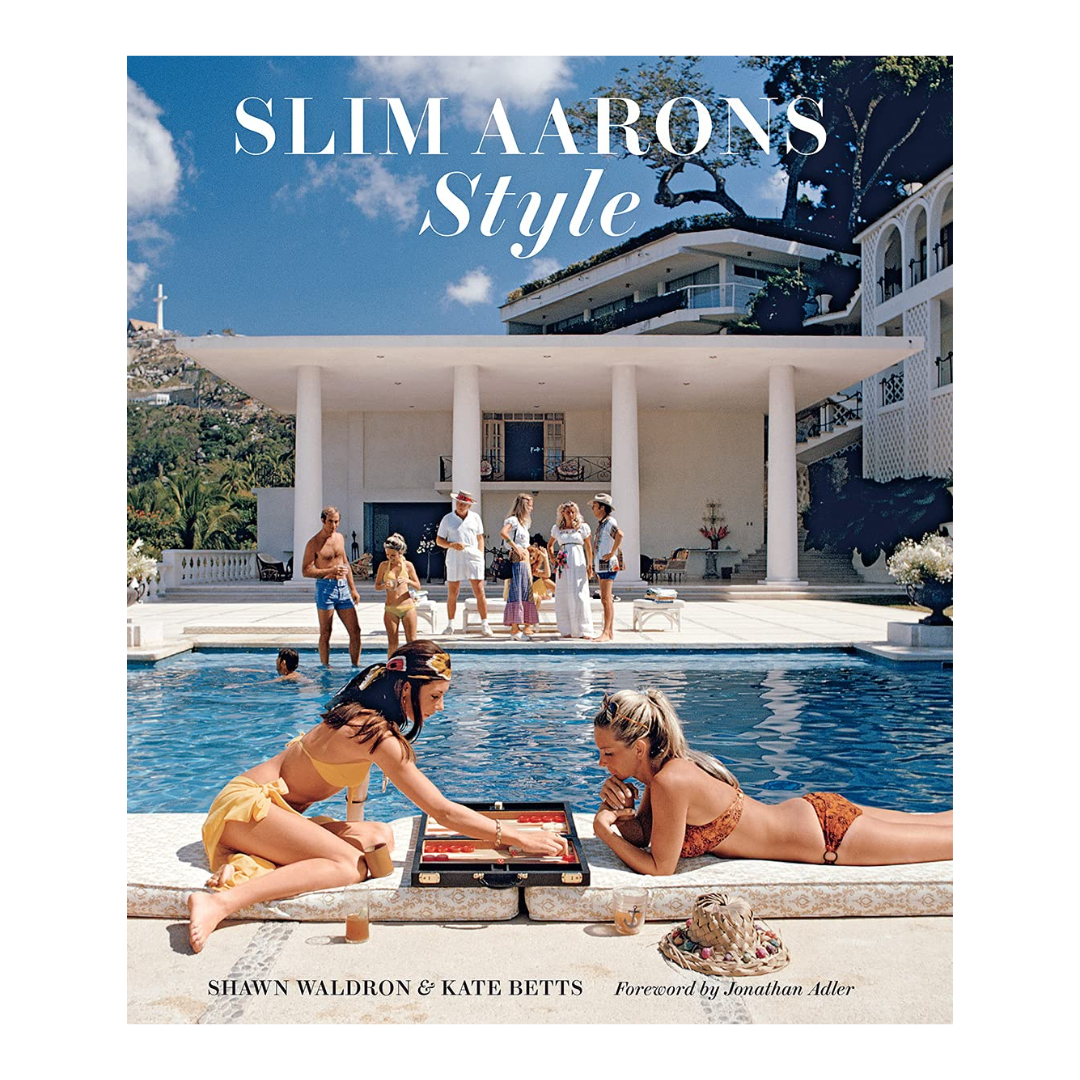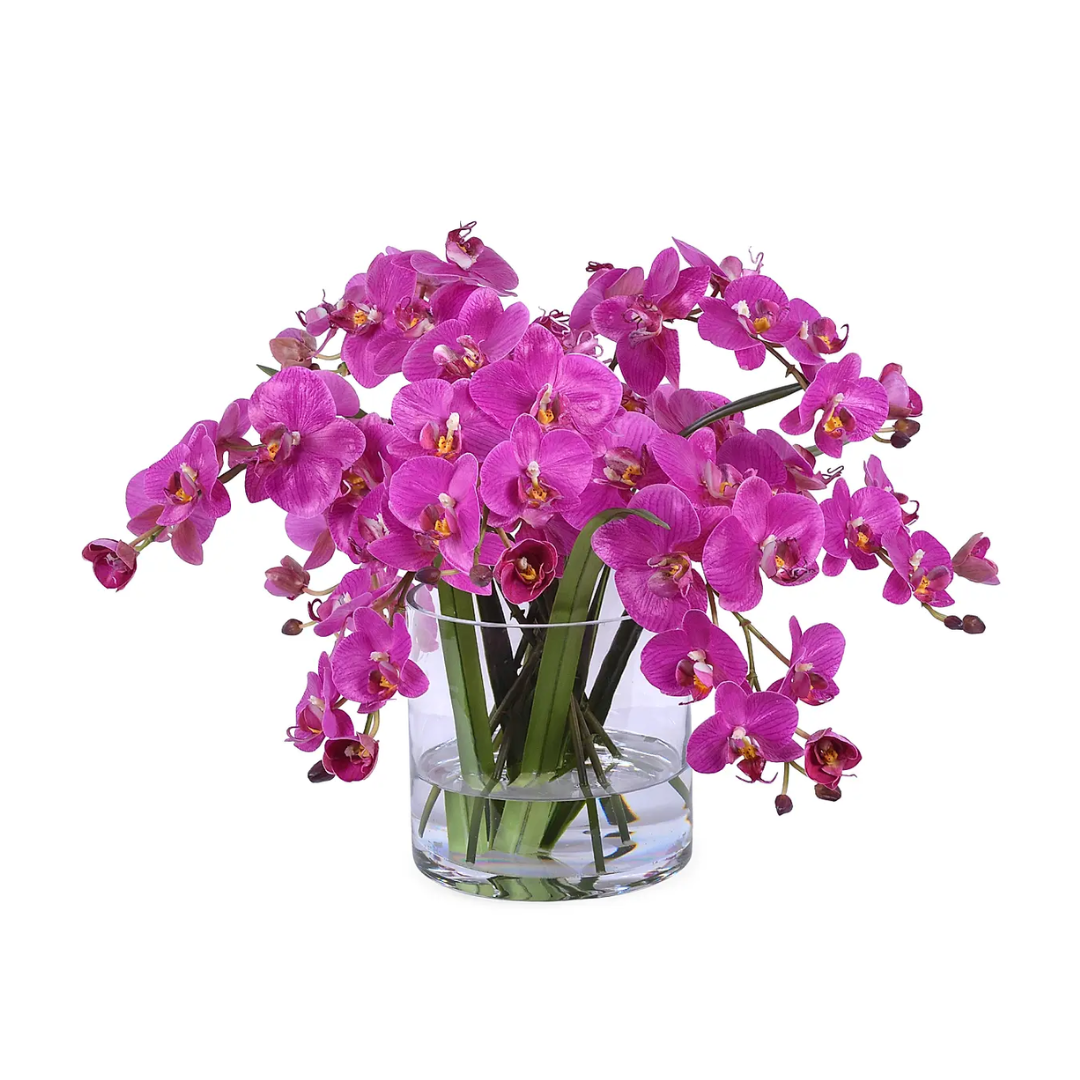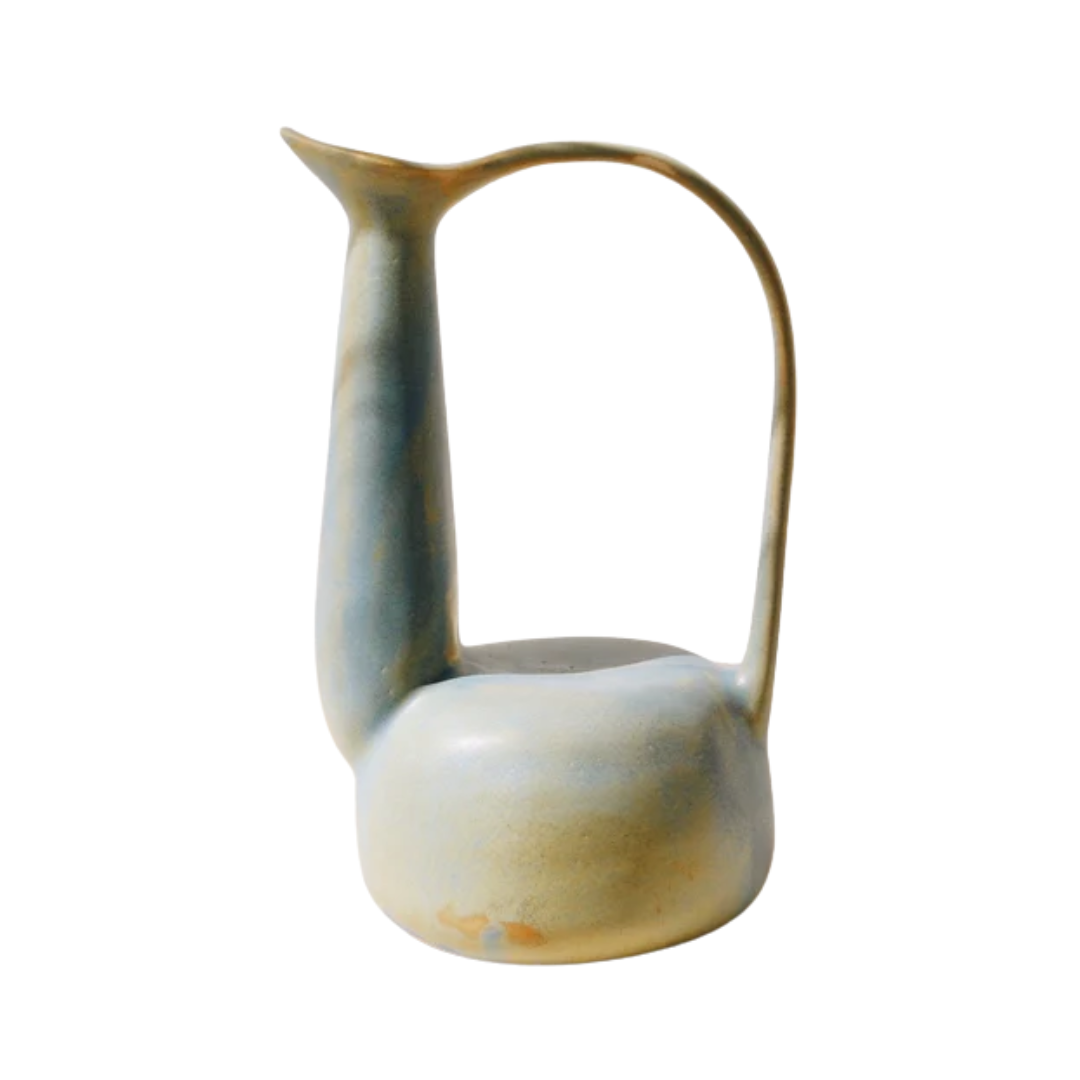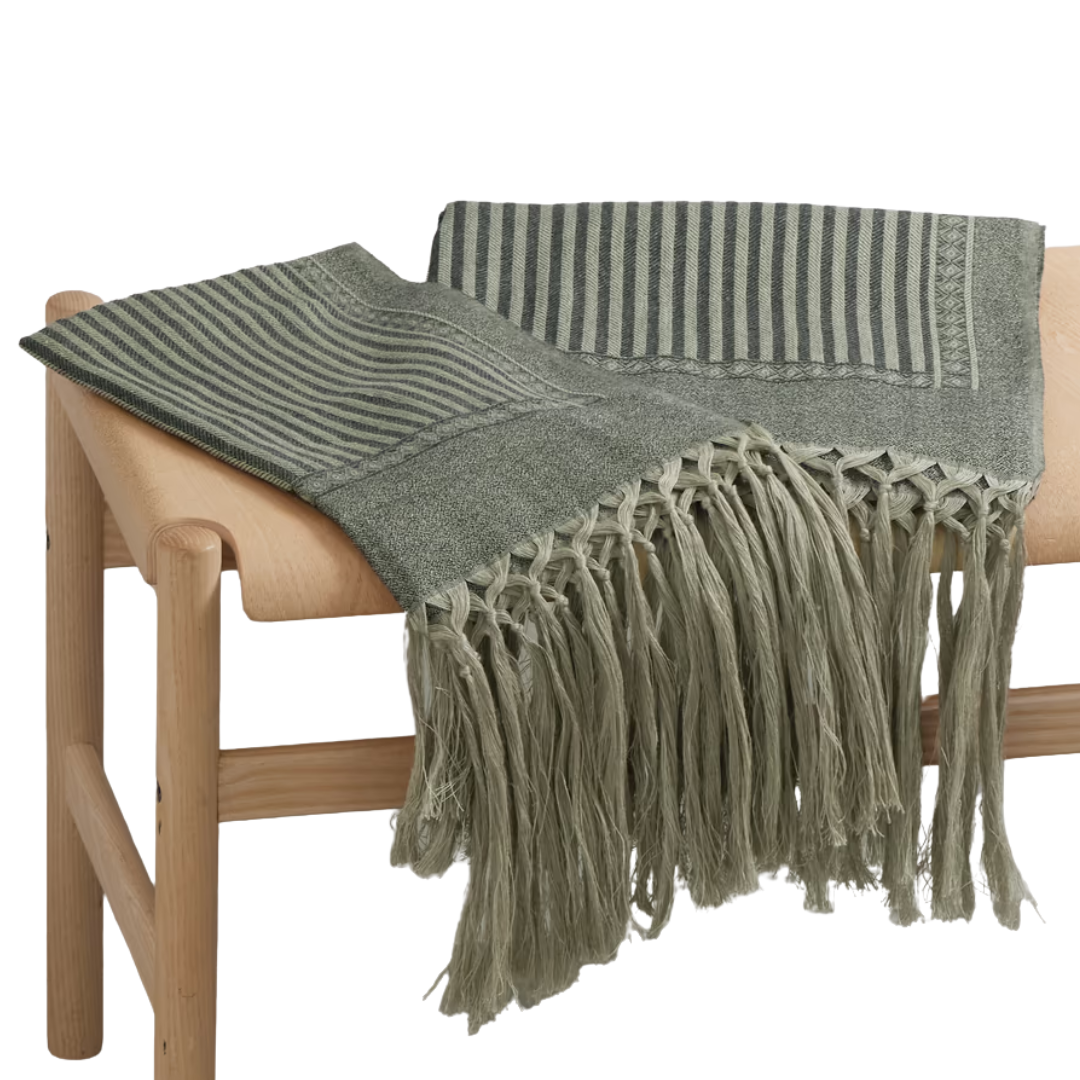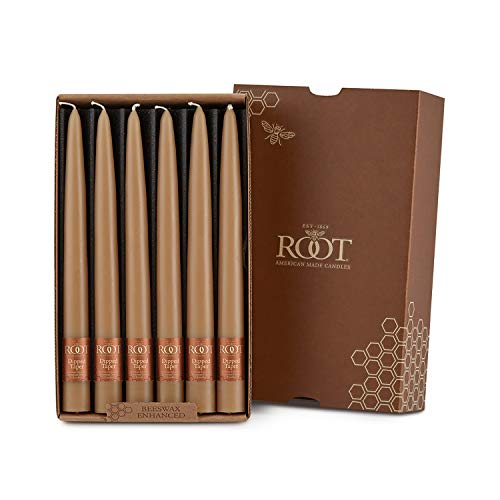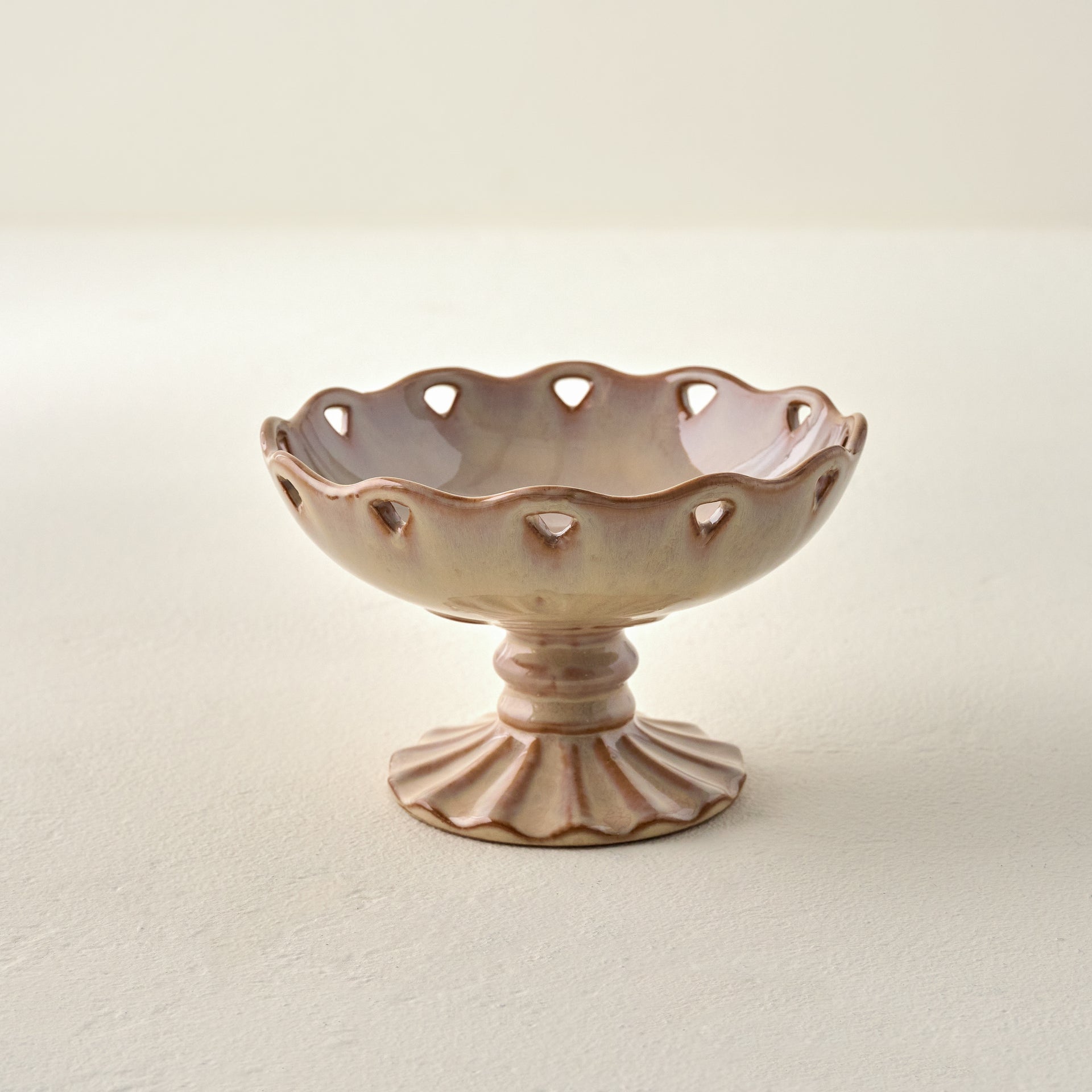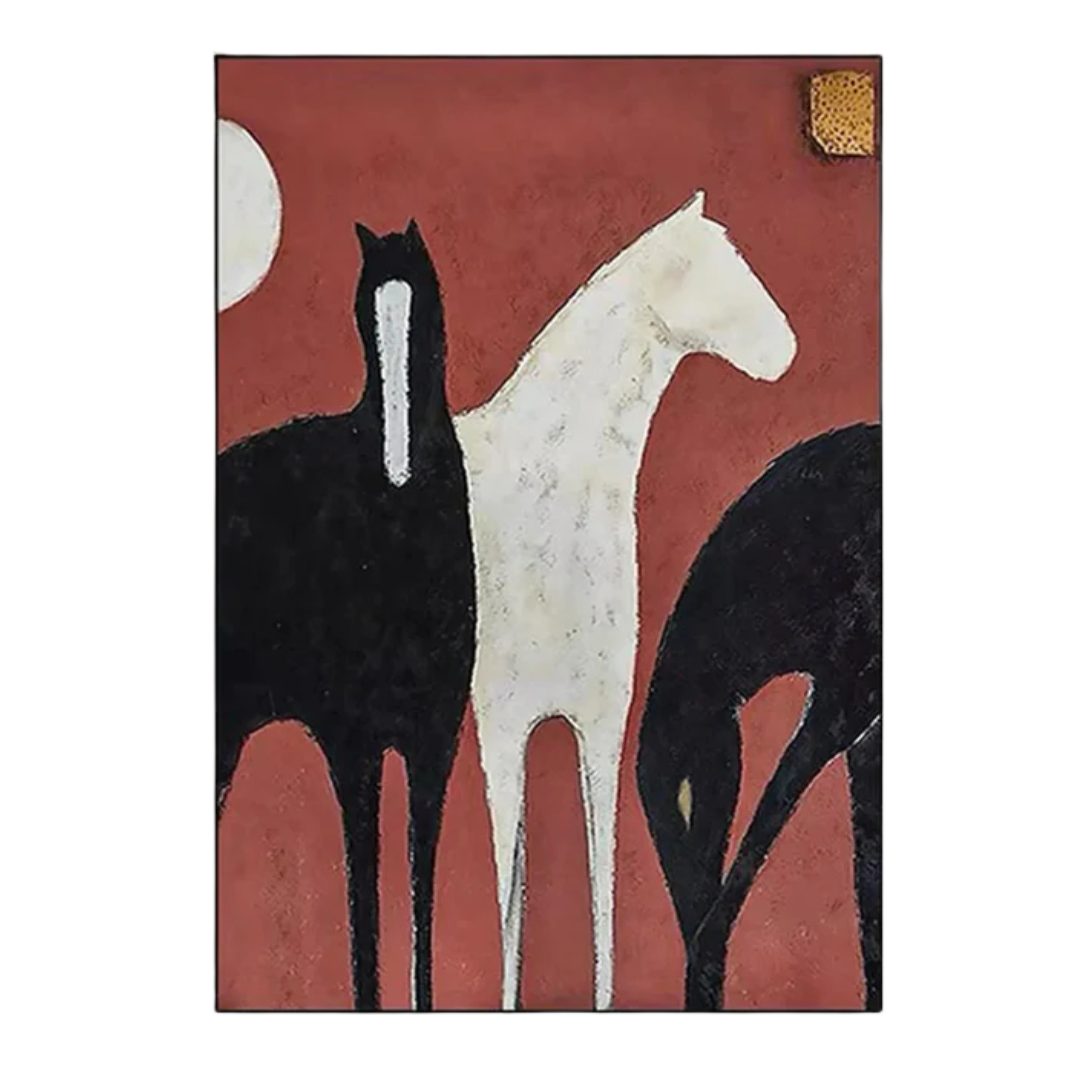'These pieces add personality and prevent spaces from looking generic' – 10 things stylists never show up to a shoot without
A little behind-the-scenes magic goes a long way – whether you’re prepping for a glossy spread or just a well-lit Tuesday night. These are the insider essentials you didn’t know you needed
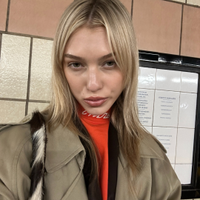
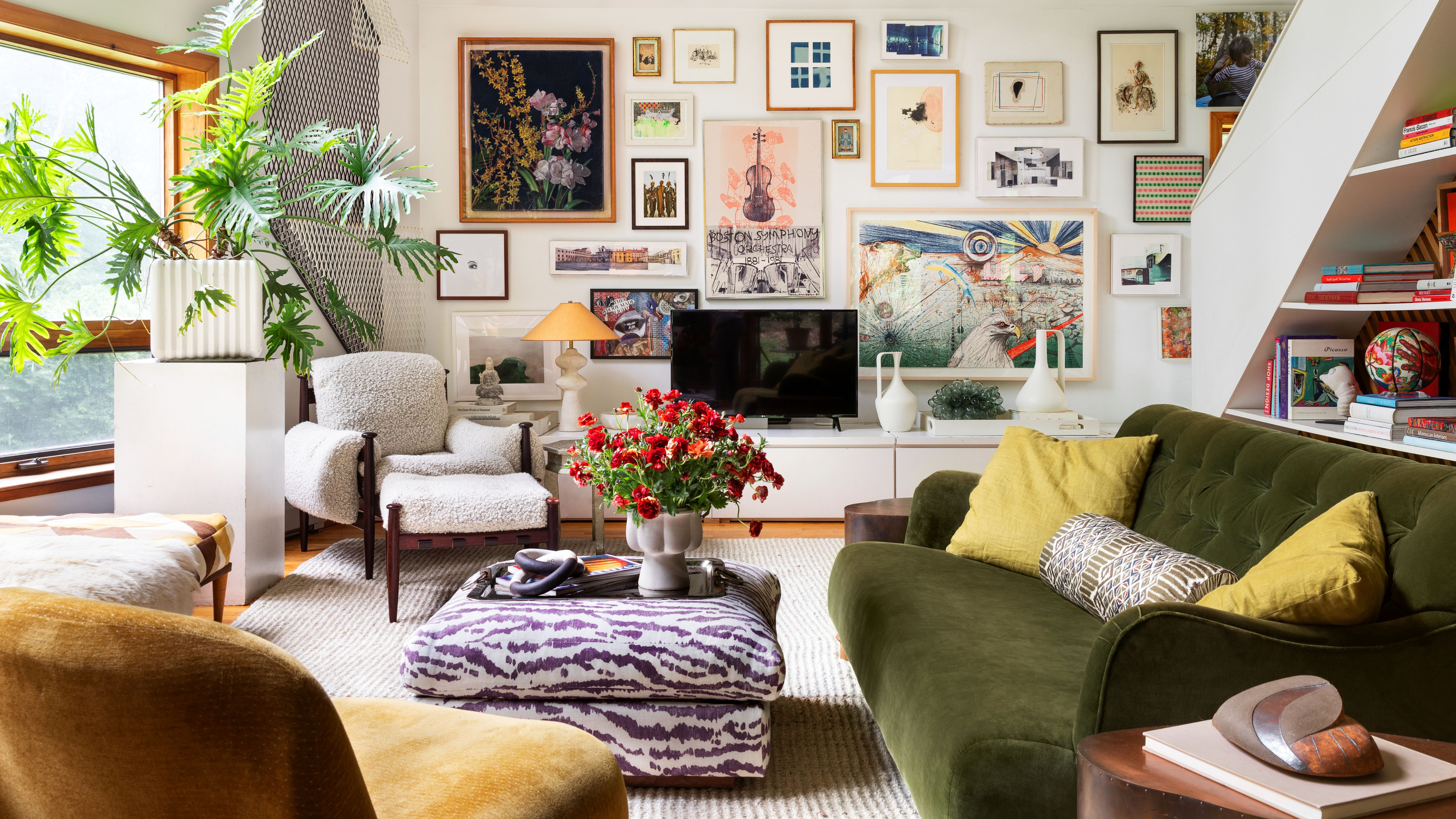
Photoshoots – we’ve all become mini pros by now, thanks to Instagram. But when it comes to capturing interiors, there’s a difference between tweaking contrast in post and getting the shot right from the start. The pros know how to make a room look effortless – and elevated – in real life.
So how do they do it? I asked interior designers and stylists – the people who do this for a living – to get some answers and find out the key pieces they bring to shoot to make a home look more pulled together.
The secret isn’t having fewer things (sure, a blank space can look clean, but it can also feel clinical). It’s about the right things – and, as it turns out, there are a few items stylists have under their belts to make a home look more expensive and shoot-ready.
While you might not be staging a shoot in your living room, you probably are hosting people, and who doesn't want their home to appear as polished (yet effortless) as those you see on the pages of magazines?
1. A carefully curated collection of trays
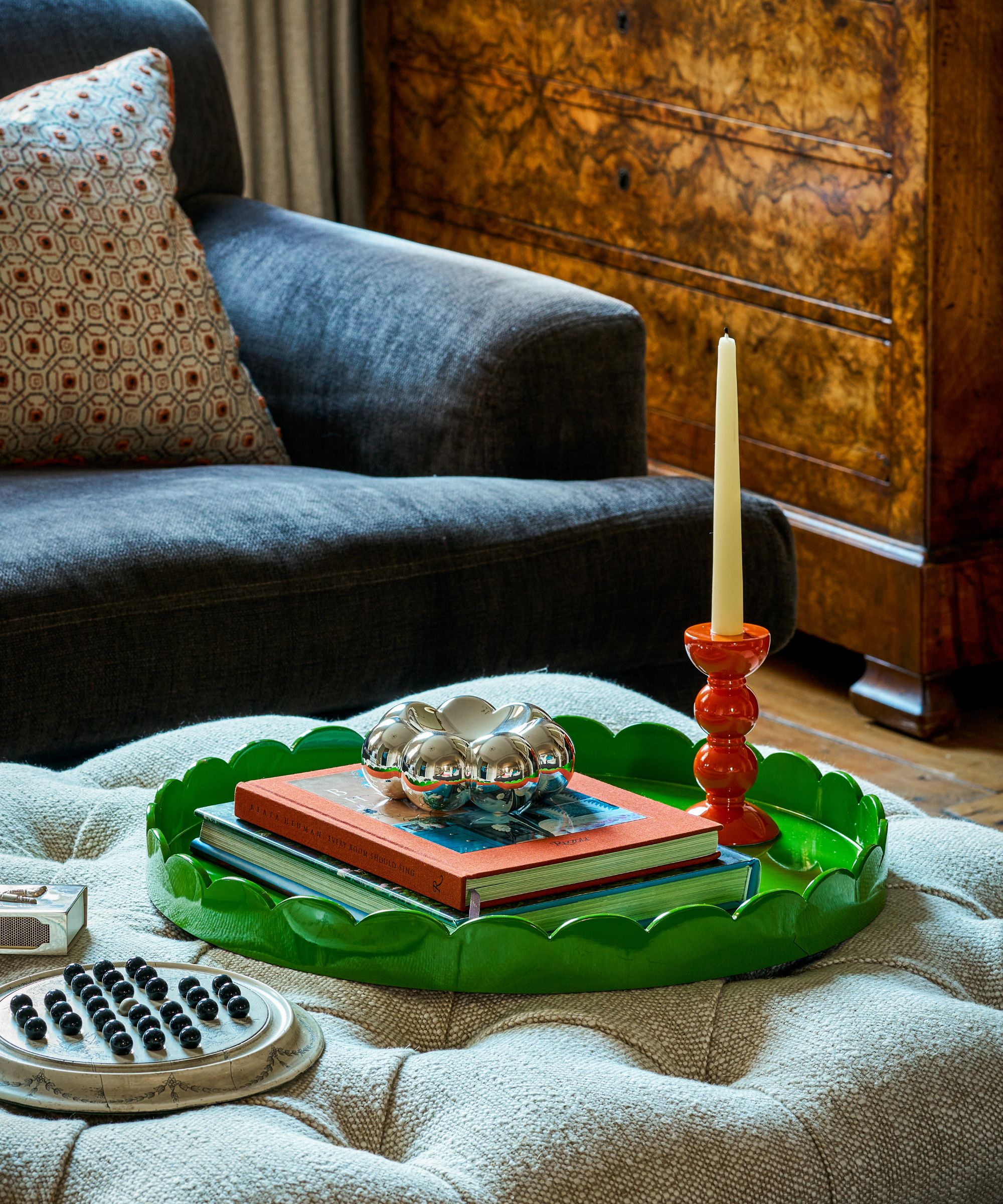
‘I never arrive without my selection of trays in varying materials – marble, brass, wood, woven rattan, and ceramic,’ shares Olga Naiman, interior designer, stylist, and author of SPATIAL ALCHEMY. ‘Trays are the unsung heroes of styling,’ she continues.
‘Instantly creating vignettes and bringing order to collections of objects. They ground floating items on coffee tables, create intentional groupings on ottomans, and can transform scattered elements into cohesive moments. A beautiful tray suggests thoughtful living and gives the eye a place to rest while adding another layer of texture and materiality to the composition.’
2. Books with character
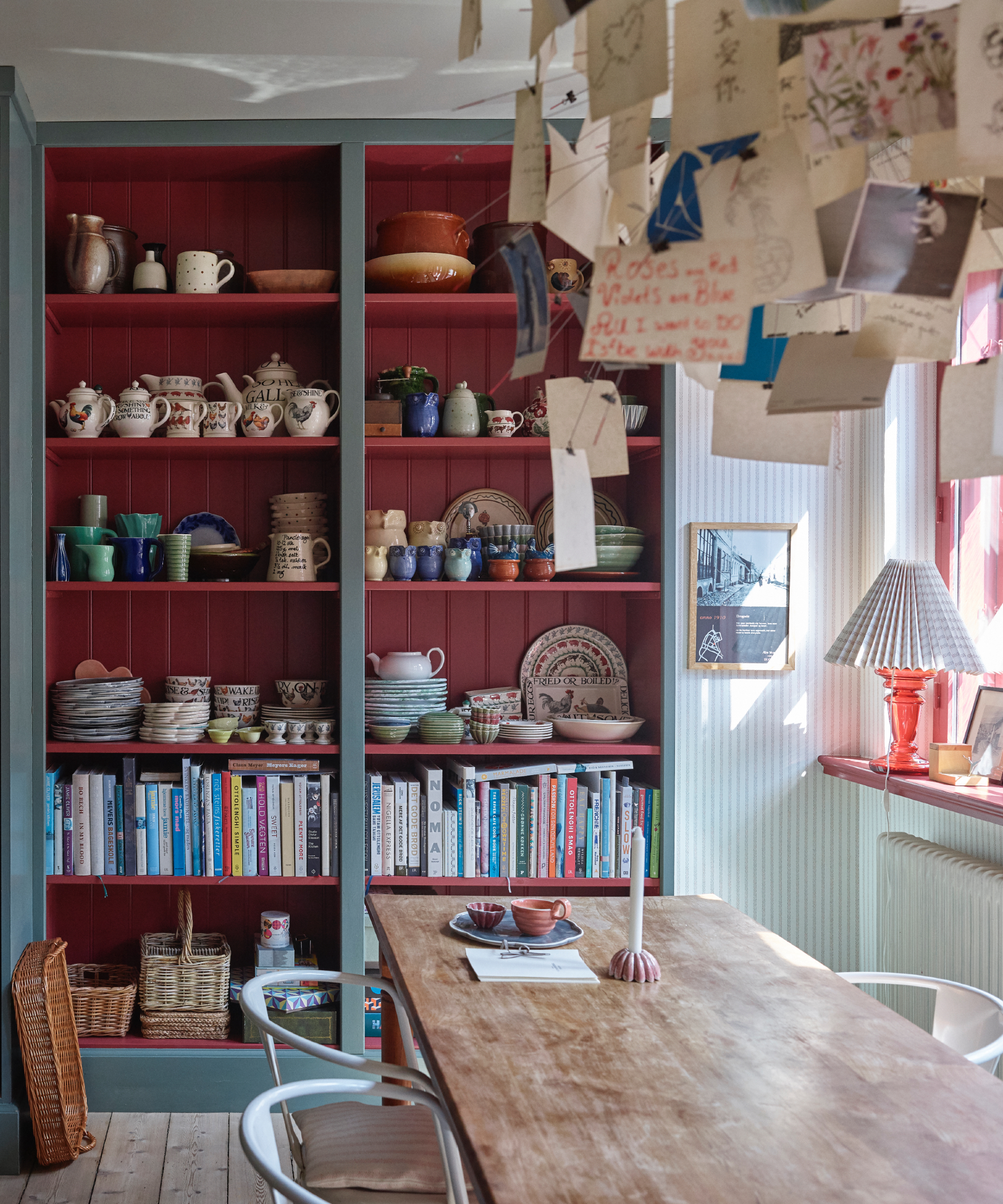
‘Whether it’s a monograph on Cy Twombly or a sun-bleached vintage novel with deckled edges, a good book tells the story of the person who lives there,’ says Philip Thomas Vanderford, principal and founder of Studio Thomas James. ‘I never show up without a curated stack.’
Design expertise in your inbox – from inspiring decorating ideas and beautiful celebrity homes to practical gardening advice and shopping round-ups.
‘Forget bestsellers. On shoot day, books are not there to impress,’ adds Lauren Saab, founder of Saab Studios in Dallas. ‘They are there to support.’ Decorating with books, she argues, can’t compensate for weak design, but they can elevate a great space with the right choices.
‘Choose pieces that complement the architecture. Think neutral spines, textured bindings, and oversized art volumes. Select them for their tone, scale, and the way they recede or assert within the frame. When used with restraint, they anchor a composition, guide the eye, and let the space speak for itself.’
3. Hand towels
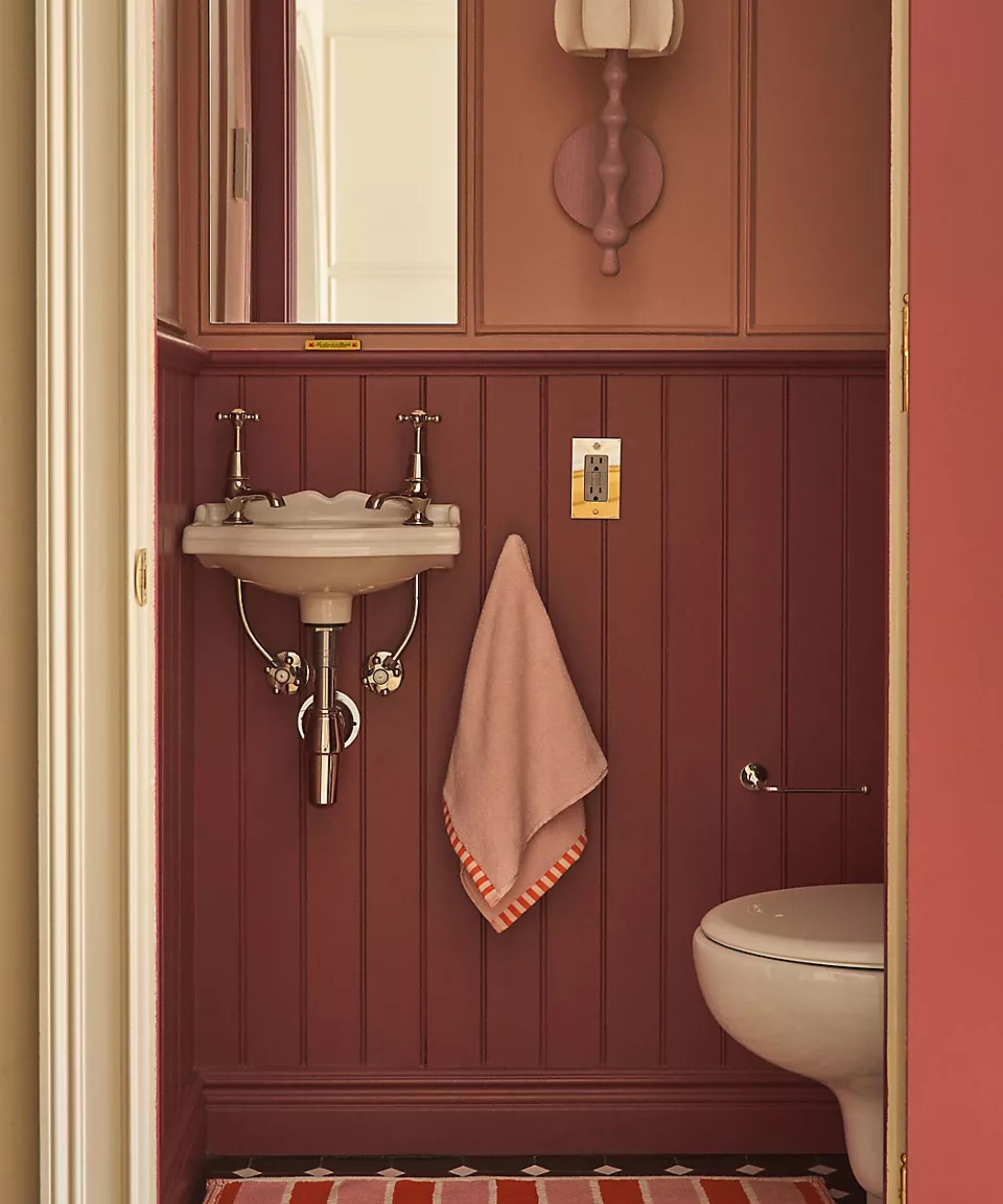
It’s the thing you already own – but probably haven’t given enough thought. Stylist Kathleen Varner says it’s time to lean into the quiet power of a good hand towel.
She recommends a mix of sizes. ‘Kitchens, powder baths, mud room sinks – they can always use a linen option to soften things up,’ she says. ‘They’re easy to pack, sometimes they double as my wrapping tool if I need to secure delicate items. They can also add a little punch of color to tie a color story together.’
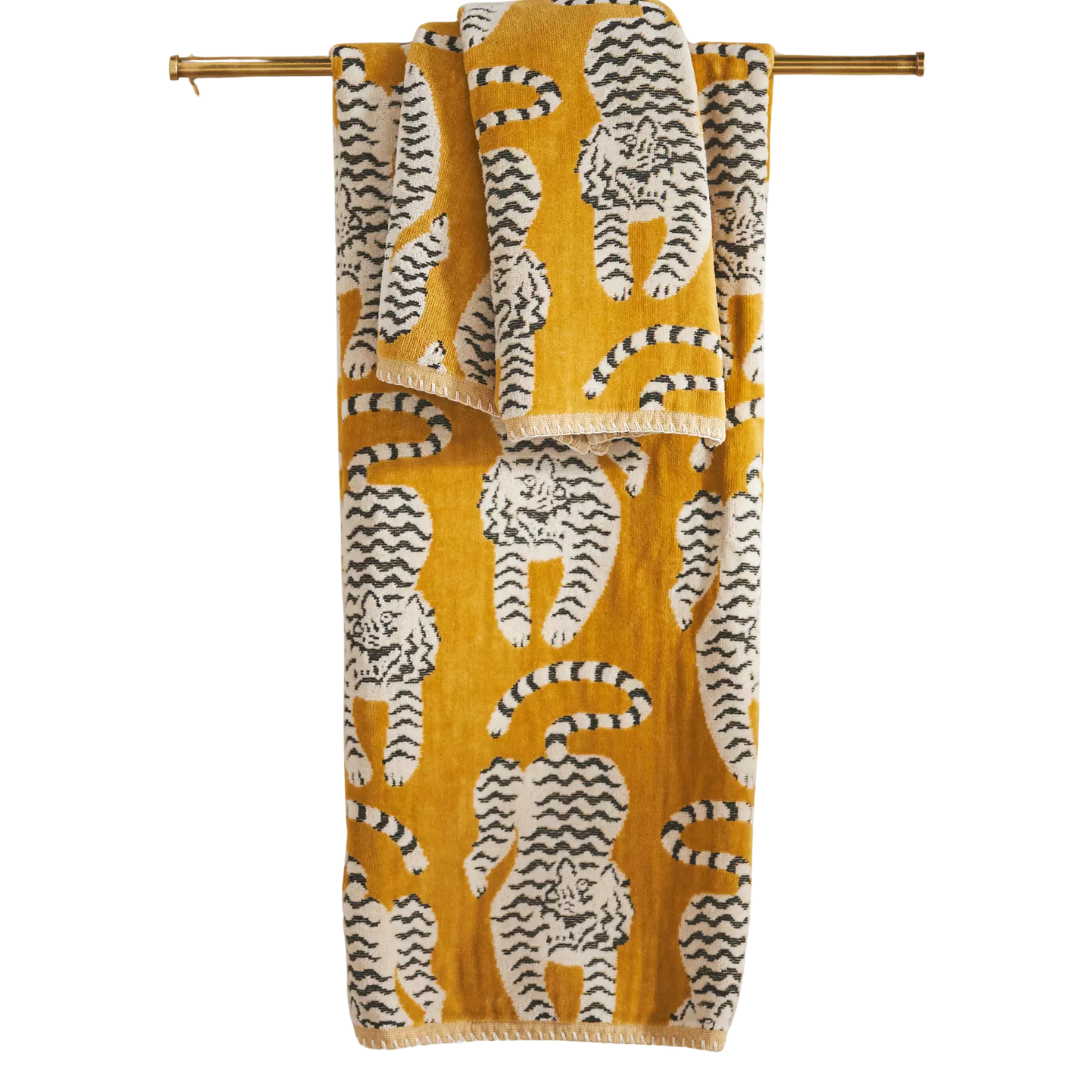
Plain white reads staging. These tiger-print Anthropologie hand towels read: someone really fun with amazing taste actually lives here.
4. Gutsy, ideally in-season, flowers and greenery
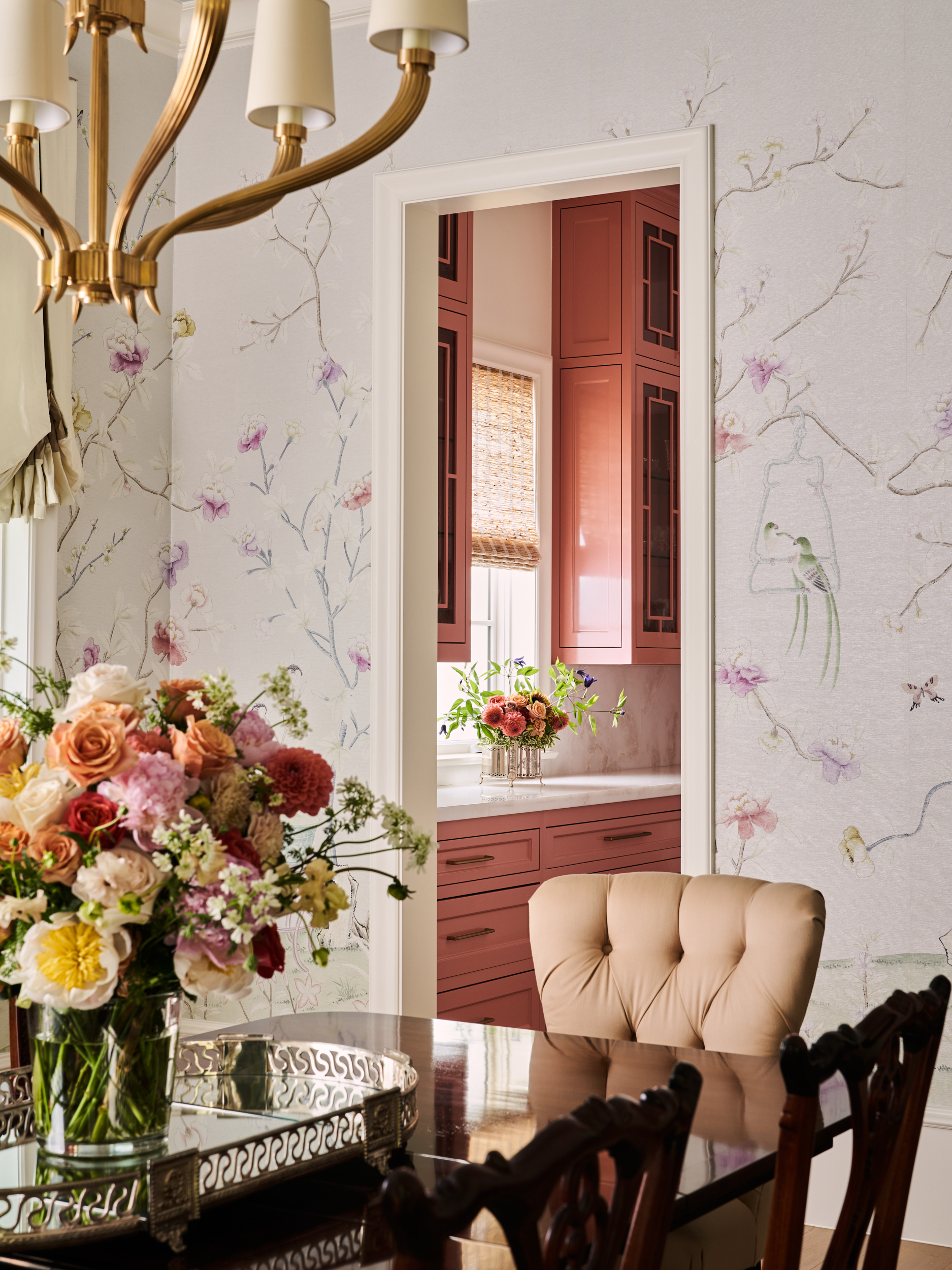
Carola Pimentel, Principal of Assure Interiors, and stylist Emilio Pimentel-Reid swear by ‘gutsy overscaled floral arrangements’ as an essential styling move. ‘Few things kill the vibe of a photograph more than a stingy floral arrangement,’ she says, meanwhile noting her affinity for housing them in crystal or vintage glass vases for heightened interest.
‘Nothing warms a room up like flowers,’ adds Lisa Erdmann of Lisa Erdmann Interiors. Whether it’s a cluster of palm fronds, a dramatic orchid, or a bedside bouquet, Lisa always lets the room and setting guide her floral choices. (Exotic anthuriums in Palm Beach, for instance, are a yes.)
‘Florals and plants are a given – the more in season, the better, and the more the merrier,’ says stylist Kathleen Varner. She brings a full bin of vases in all shapes and sizes to every shoot. ‘Some homes need more color, others more neutral.’
And according to designer Philip Thomas Vanderford, it’s not just what you use, but how you use it: ‘Think loose garden roses, jasmine vine, or branches from the yard – organic elements that add life, soul, and movement to a still image.’
5. Sculptural objects
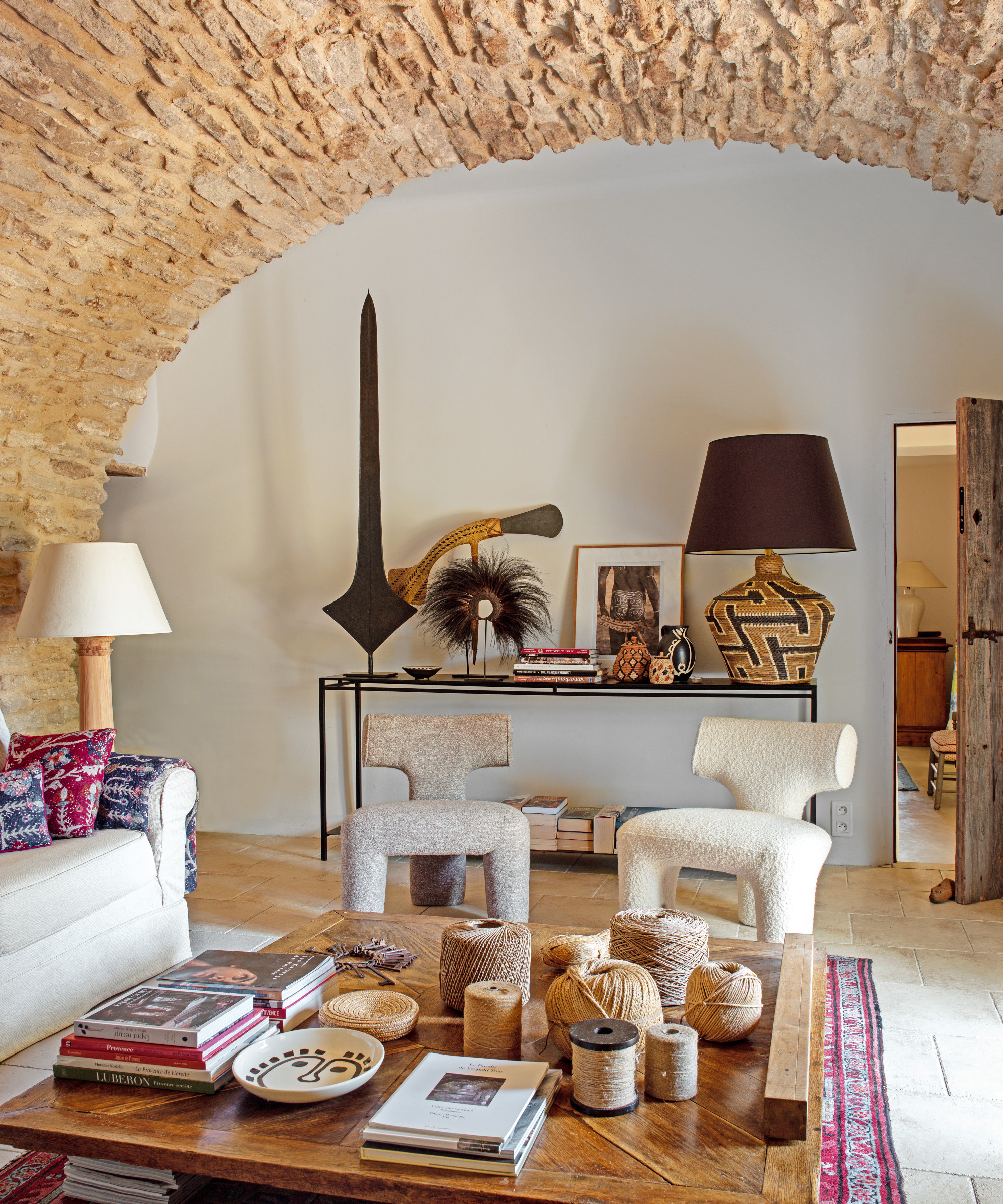
Think unique. Obscure. Where have you been, and where do you want to go? Let your unusual objects tell that story.
‘My collection includes unique vessels, candlesticks, small sculptures, and found objects – each chosen for its ability to hold its own visually while harmonizing with other elements,’ explains Olga Naiman. ‘These pieces add personality and prevent spaces from looking generic.’
They should make you pause: ‘They create focal points, spark conversation, and imbue rooms with the sense that thoughtful, artistic people live there. Whether it’s a ceramic bowl with an interesting glaze or a vintage brass object with patina, these elements are what transform good styling into memorable spatial alchemy.’
6. Storytelling textiles
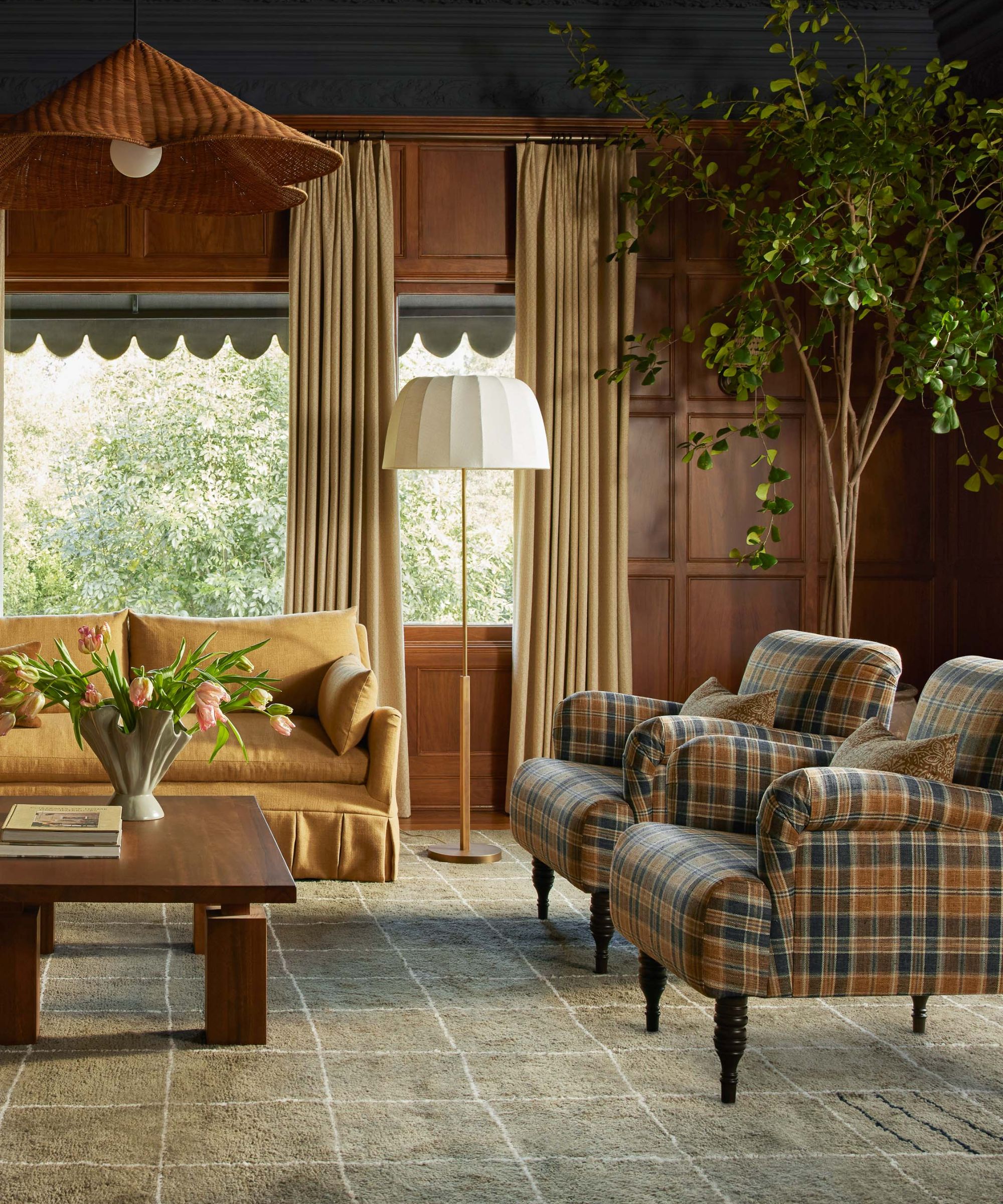
From pillow upholstery to bed throws, textiles are one of the easiest ways to inject depth, softness – and a little intrigue – into a room. The trick is to choose pieces with visual weight and a bit of backstory (or at least, the illusion of one).
This doesn’t require a pattern explosion; it's more about adding texture. ‘A throw blanket draped over the arm of a club chair or across a bed adds warmth and breaks up the visual plane of the chair or bed, and helps to move the eye around the shot,’ says interior designer Lisa Erdmann.
Olga Naiman agrees – but takes it further. ‘I bring a curated selection of throws, cushions, and textiles in different weaves – linen with visible texture, raw silk that catches light beautifully, chunky hand-knitted pieces, and runners that add rich patterns to dining tables,’ she says. ‘These textiles in carefully chosen tones instantly add depth and softness to any space. They’re essential for creating that layered, lived-in quality that cameras love.’
Table linens are another subtle way to style a space with intention. ‘When photographing a kitchen, breakfast room, or dining room, table linens and accessories are essential to creating a “look” and making the space enjoyable,’ Lisa adds. Napkin rings, candlesticks, and pepper shakers can easily become part of a cohesive vignette that turns an everyday table into an editorial moment.
7. Burning candles

Unlit wicks might look fresh in person, but in a photo, they give things away. This is often a tip from wedding stylists too, even if you can't have a real burning flame on your table, light the candles and blow them out, so at least the wick isn't shining new.
‘Burn candle wicks for realism,’ says interior designer Lauren Saab. ‘New white wicks on candles might seem fresh and clean at first glance but can catch the light and appear overly staged on camera.' The fix is simple: ‘A quick burn darkens the tip, adding instant authenticity and realism to the shot.’
8. Interesting food props
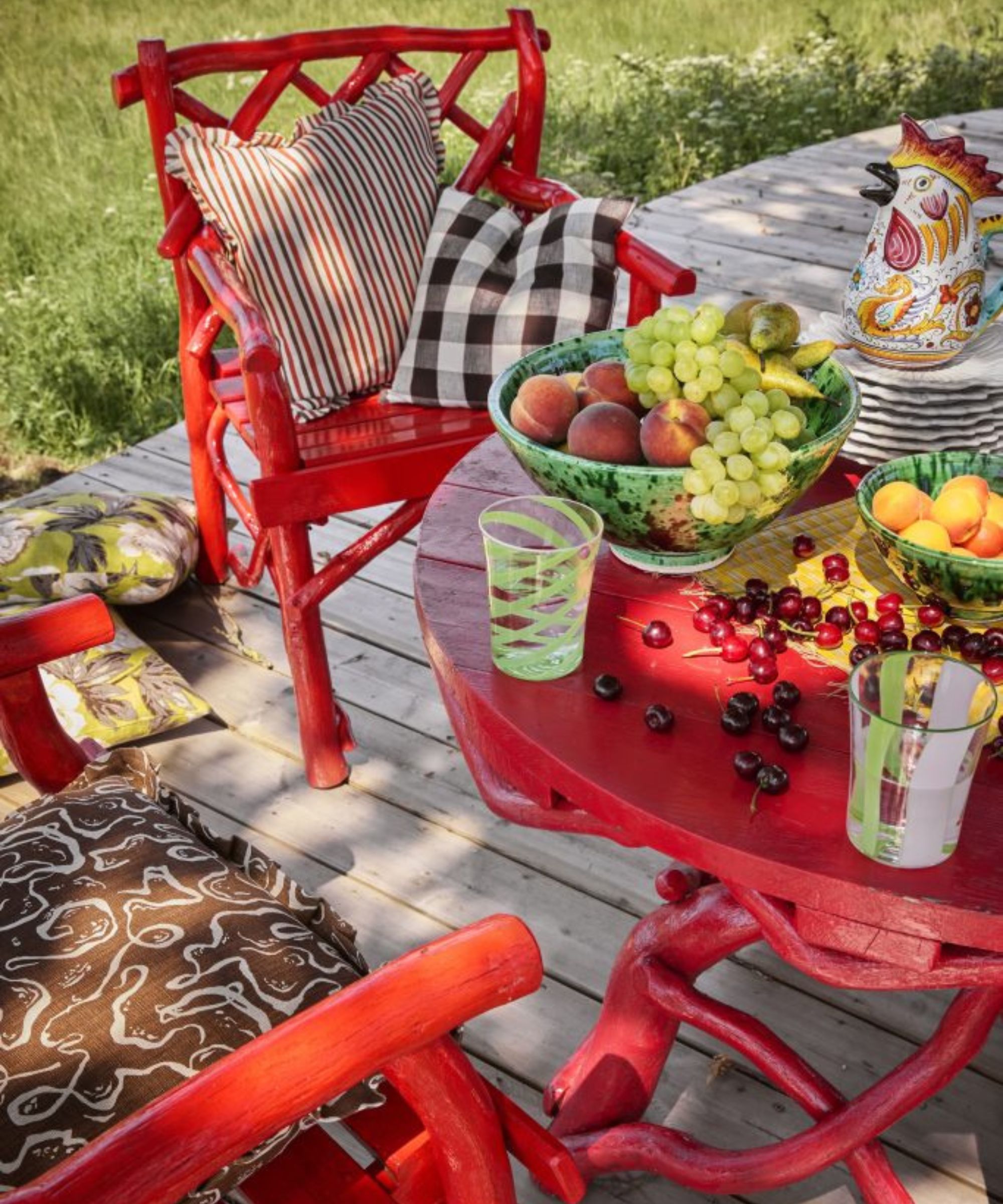
Lemons are fine. But they’re not exactly making the cover.
‘For kitchens, I love styling with interesting fruit,’ says Denver-based interior designer Peggy Haddad. ‘Purple artichokes, plums, or heirloom citrus add rich, organic texture and unexpected color.’
Molly Miller, principal of Molly Miller Interiors, agrees: ‘Seasonal produce in a bowl – a bowl of green apples or yellow mangoes – adds color and life, especially to kitchens which often need some extra warmth on camera.’
Apparently, all it takes to create a little cinematic magic is a trip to the produce aisle.
9. A 'tool kit'
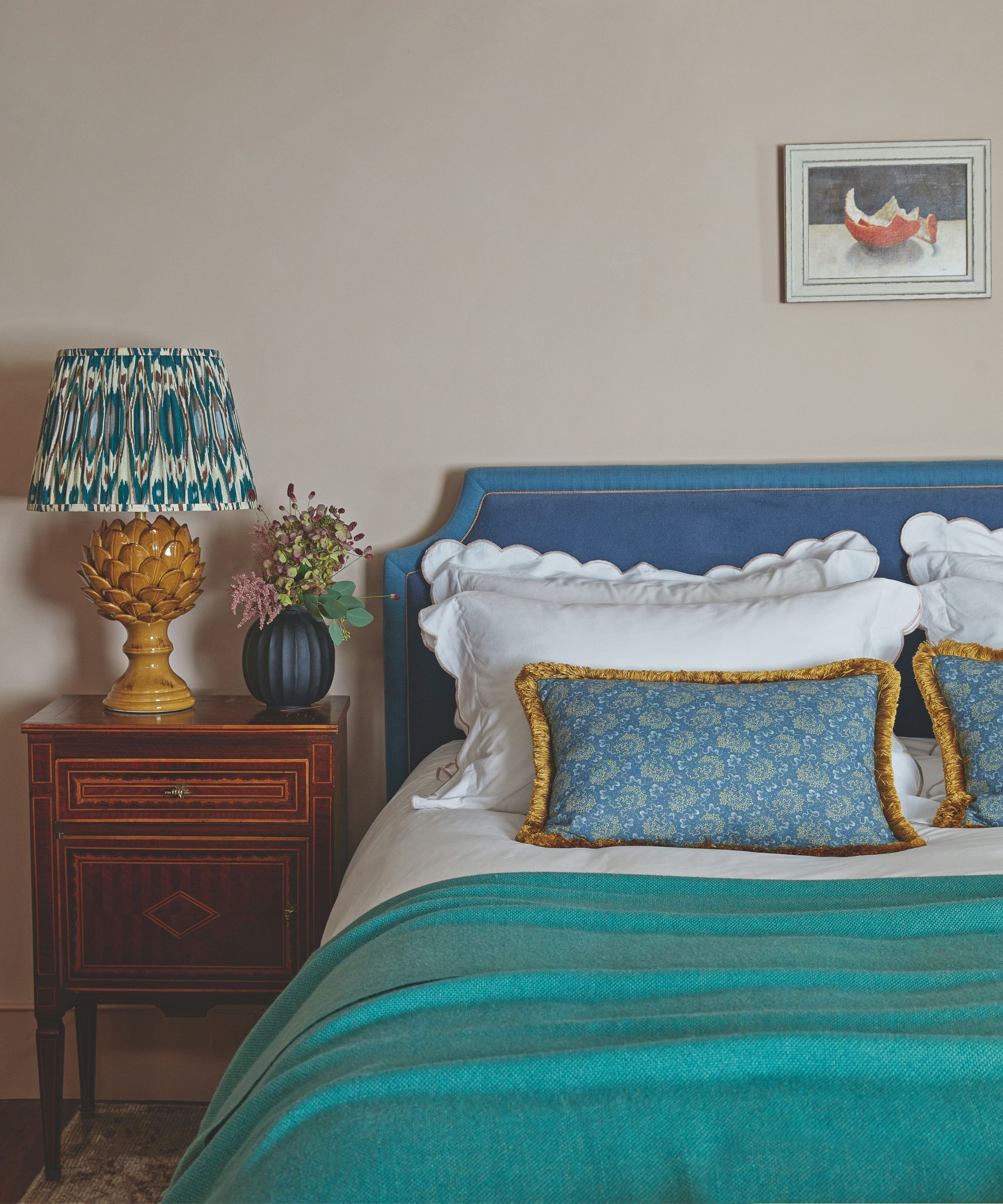
'Most important, is a tool kit of essentials to perfect the “look” in the shot,’ says Lisa Erdmann. ‘These include tape, scissors, a steamer, an iron, museum putty, string, and so on.'
'You’d be surprised at the little “fixes” needed to capture the perfect frame. We’ve taped the flanges on bed pillows, used bubble wrap to prop up a pineapple, and tied cords out of sight with string. A well-equipped tool kit is essential for those moments when you need to make things perfect.’
The steamer, in particular, got name-checked the most. ‘Natural textiles need revival before they hit the frame,’ adds interior designer Lauren Saab. ‘A gentle steam lifts the fibers so light moves through them, restoring texture and movement. Use it on linen drapes, cotton bedding, or creased pillowcases to ensure they land cleanly on camera. You want them to read refined, not rigid.’ (And yes – this applies just as much when prepping for guests.)
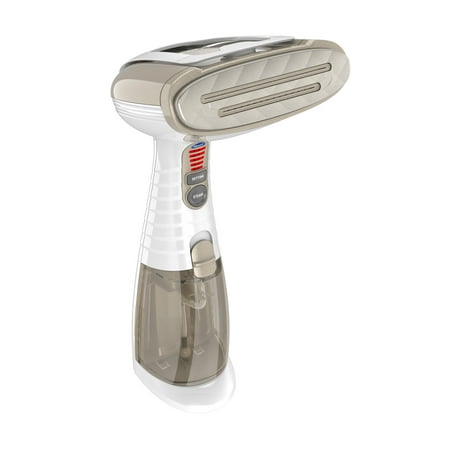
Florida-based interior designer Susan Lin recommends Conair as the gold standard of steamers.
10. Small-framed art or photographs
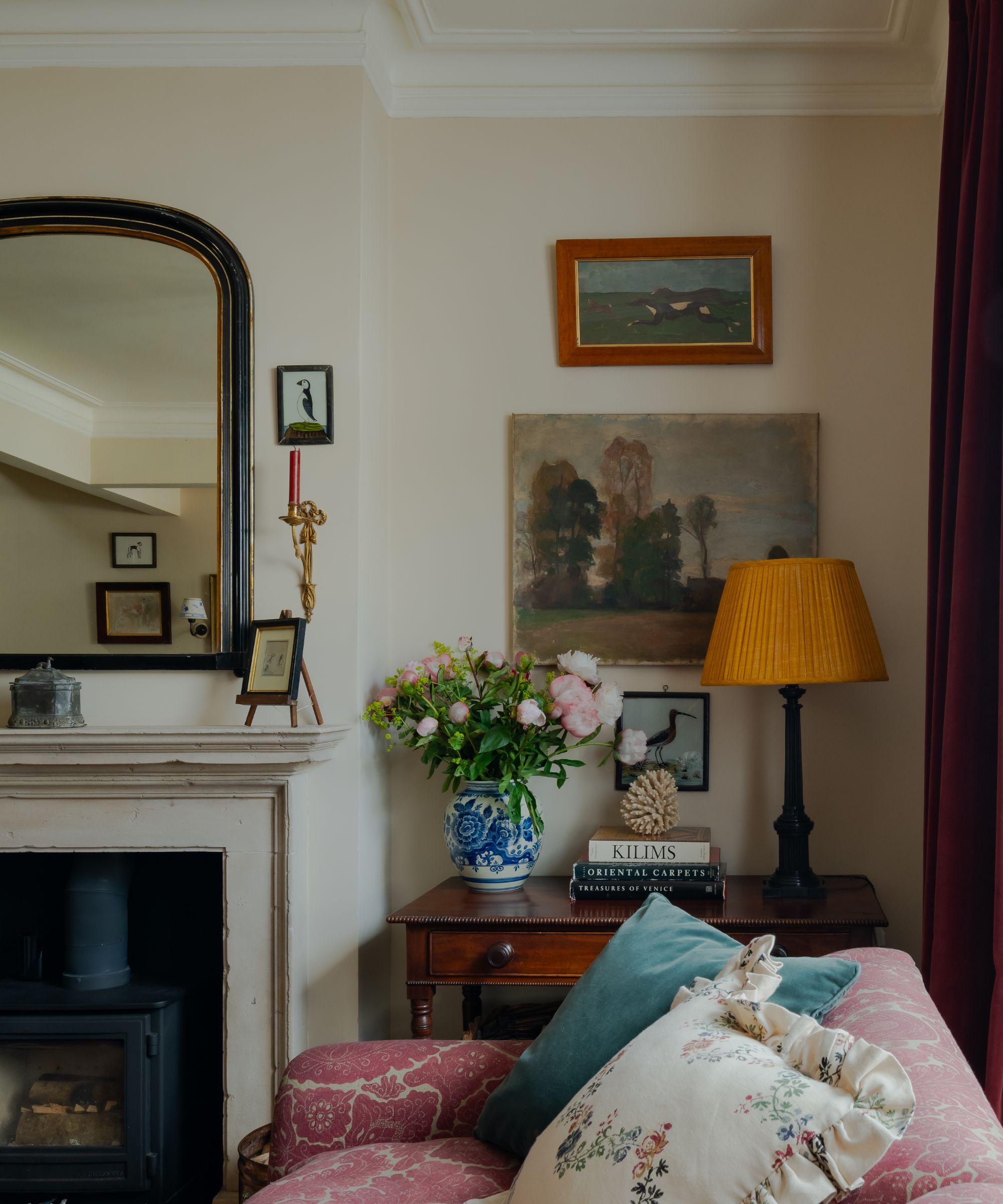
Bad art is worse than no art at all – which says everything about just how much good art can do. The right piece holds visual weight, creates mood, and gives your space a sense of depth and worldliness. So yes, it’s worth the hunt.
‘Decorating with art adds joy!’ says interior designer Carola Pimentel. ‘Our clients are usually collectors or have an interest in art, so usually there are already interesting pieces in place. When we work with younger clients, who are still developing their collection, we partner with our gallery contacts.’
But you don’t need to be a serious – or even amateur – collector to get it right. ‘A casually propped frame or a leaning canvas can inject intimacy and ease,’ adds designer Philip Thomas Vanderford. ‘It breaks the formality of a finished room and invites the viewer in.’
‘I never want a room to look like a designer just left it,’ shares Birmingham-based Kathleen Varner. ‘When you shoot a room, I feel like it’s the stylist’s job to take it from fresh out of the box, to feeling more relatable. Of course, we want it to look finished and thoughtful, but not untouchable.’
‘Something soft like a blanket, a floral, or a plant makes it into most shots. It’s very important for the designer to make sure the home is clean and organized PRIOR to the shoot (the camera shows everything!) Many times, an area might look OK in person but feel bare once a camera is on it. A small piece of art, a few more books, a larger floral usually solves that. We also love an option with an animal; nothing says home like a pet!’
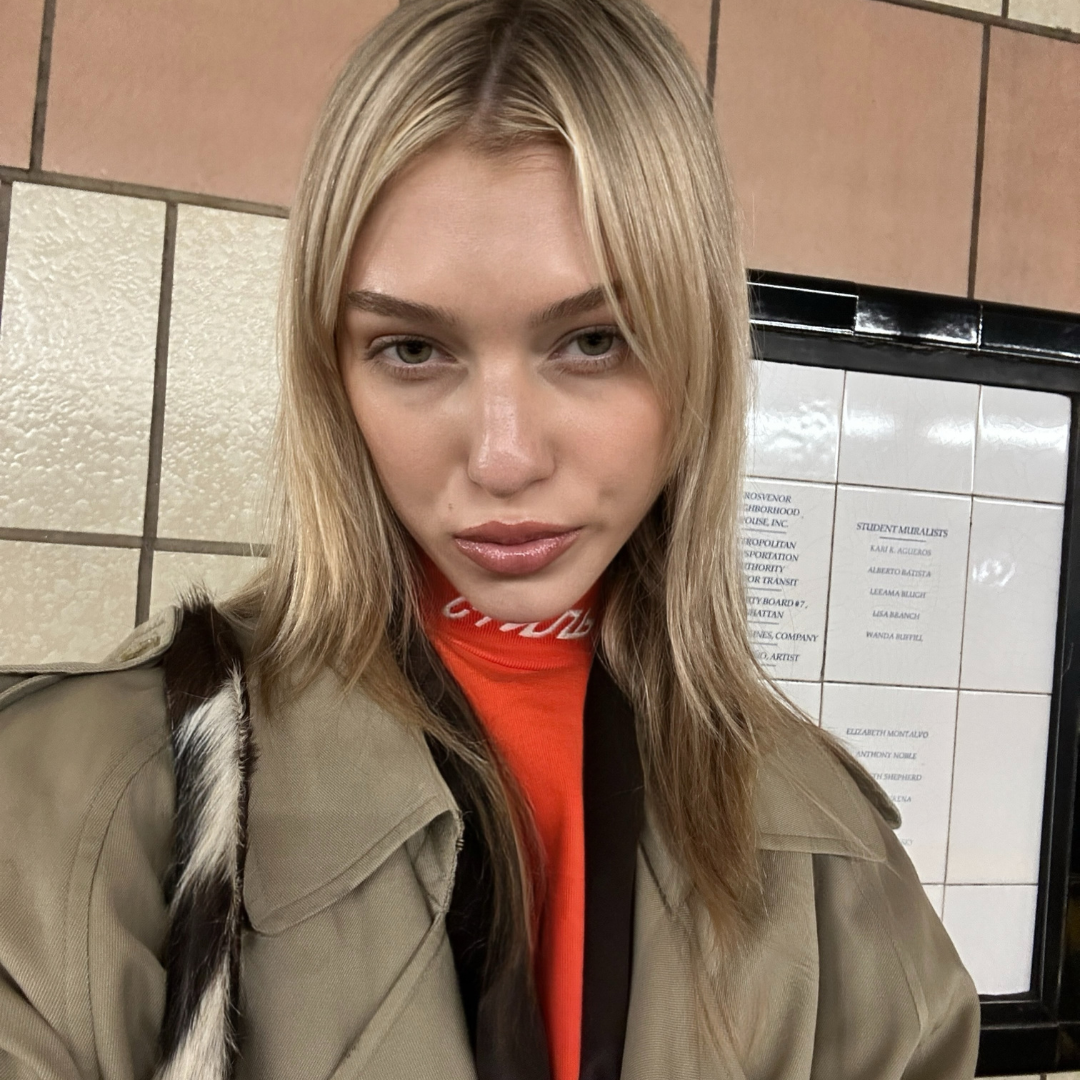
Julia Demer is a New York–based Style Editor at Homes & Gardens with a sharp eye for where fashion meets interiors. Having cut her teeth at L’Officiel USA and The Row before pivoting into homes, she believes great style is universal – whether it’s a perfect outfit, a stunning room, or the ultimate set of sheets. Passionate about art, travel, and pop culture, Julia brings a global, insider perspective to every story.

